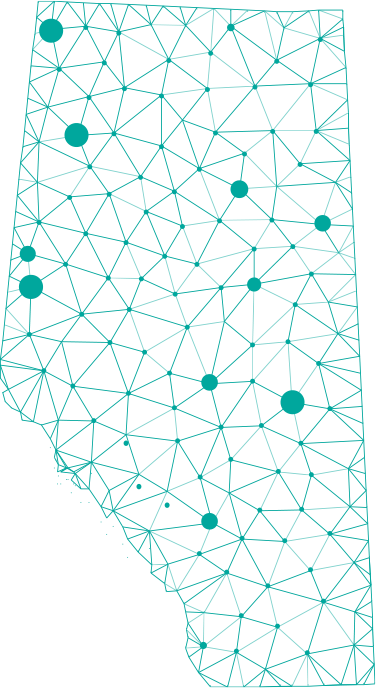
Reliability
Fiber cable is typically not affected by electrical outages, severe weather like thunderstorms or any other electrical disruptions.

Speed
Cable networks usually offer speeds of 10-500 megabits per second, which slows down during peak hours. Fiber internet offers 1000 megabits per second (one gigabit) all the time, even during peak hours.

Security
Unlike copper cable, fiber optic cable does not transmit any signals that can be intercepted. Security breaches are also easy to detect and remedy.

Bandwidth
Traffic increases during evenings and weekends often cause cable internet to slow down significantly. Fiber networks never slow down, offering up to 1,000 times the bandwidth of cable internet.

Scalable
With a higher demand on fast and reliable internet due to more devices, higher speeds, and heavier reliance on digital data, fiber internet will become less of an option and more of a necessity as time moves on.








